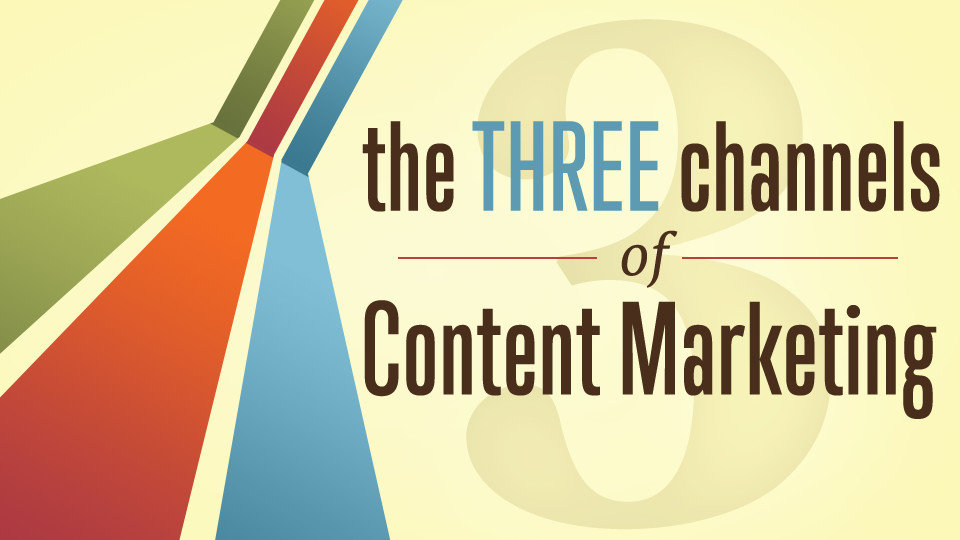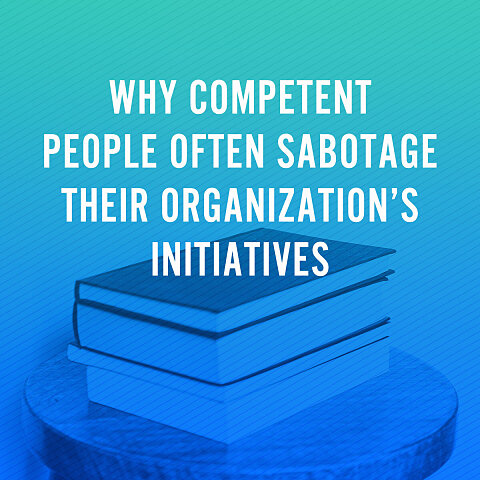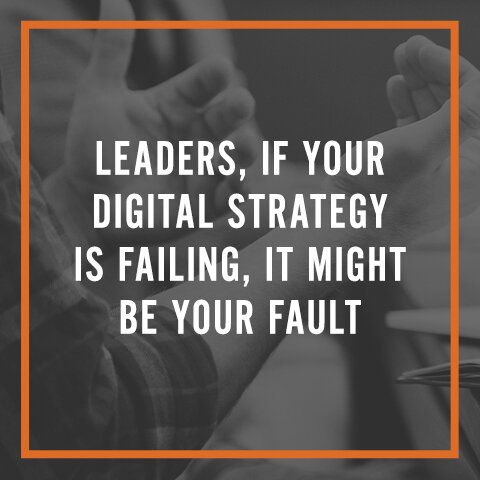The Three Channels of Content Marketing
By Kristen Shoates
Maybe it’s the journalism geek in me, but I’m a huge fan of the content marketing trend happening in nearly every industry these days. The fact that marketing now includes sharing ideas, providing resources and creating high-quality written and multimedia pieces makes me wanna make it rain content.
However, content lovers like myself can easily fall into the trap of focusing too much on the “content” part and not enough on the “marketing” side of the equation. Simply creating brilliant and eloquent content and putting it out on the interwebs for all to see isn’t enough. If you want your content to be effective (and to be read by more people than your mom), you have to strategically distribute and market it to be found by inquiring minds.
One key that’s really helped me streamline content marketing strategy is learning how to make the most of three channels of content distribution we all have available to us. Understanding these will help you figure out what you can control and what you can’t, and create distribution plans for each that are effective and efficient to implement.
Owned Channels
Your owned channels are the properties and avenues belonging to you and your organization. This includes your website, blog, social media platforms, email list, text list and any printed publications you might produce. Owned channels are your playground, where you have carte blanche to promote your content whenever and however you want. Before doing anything else, focus on getting this part right, as it’s the part you can control. Here are some tips for rocking your owned channels:
- The day a new piece of content is released, post it to your blog, website and social media accounts. Also distribute it via email and/or text to all of your subscribers.
- Over the course of the week, post reminders, quotes, teasers or other promotions on social media.
- Optimize each blog post and piece of content for SEO; use key search terms for that topic.
- Take your more substantial content and create premium content from it, promoting it via calls-to-action at the end of other posts and taking people to a landing page where they can enter their email to download it.
Owned channels are a great way to build relationships with existing audiences and build an email database.
Paid Channels
If you create a great piece of content that you know will attract and engage new readers, don’t be afraid to throw some cash its way. Paid channels allow you to get more eyes on your content by paying for placement or views on other platforms where you know your audience is active. Examples of paid channels include:
- Boosting posts on Facebook
- Running PPC Google ads promoting the piece
- Sponsoring a blog post/guest blog on an influential blog
- Paying for advertorial space in a publication or e-newsletter that reaches your target audience
Oftentimes, putting ad dollars towards promoting quality content can be more effective than simply advertising your business or organization. Content is easy to say yes to, builds trust and reciprocity and allows you to collect email addresses or information you wouldn’t get from someone who only viewed an ad.
Earned Channels
The Holy Grail of content marketing, getting placement in media or other publications is every marketer’s dream. Unfortunately, there’s nothing you can do to guarantee this happening – part of why it’s such an honor when it does. The key to getting earned placement is creating well-written content that is timely and relevant to a larger audience, and smartly pitching to editors at strategic publications. Relationships go a long way when it comes to earned placement, so make that LinkedIn request or drop off some donuts at your favorite magazine.
Social media also functions as an earned channel, when it comes to getting retweets and shares. Being featured or shared on someone else’s social account can also be earned by creating great, catchy or interesting content and building relationships by reposting others’ content.
Apologies to Kevin Costner, but ‘build it and they will come’ doesn’t apply to content marketing. To make it work for you, be sure that you understand the distribution channels available to you, what to expect from them and how to use them to get your content read.














